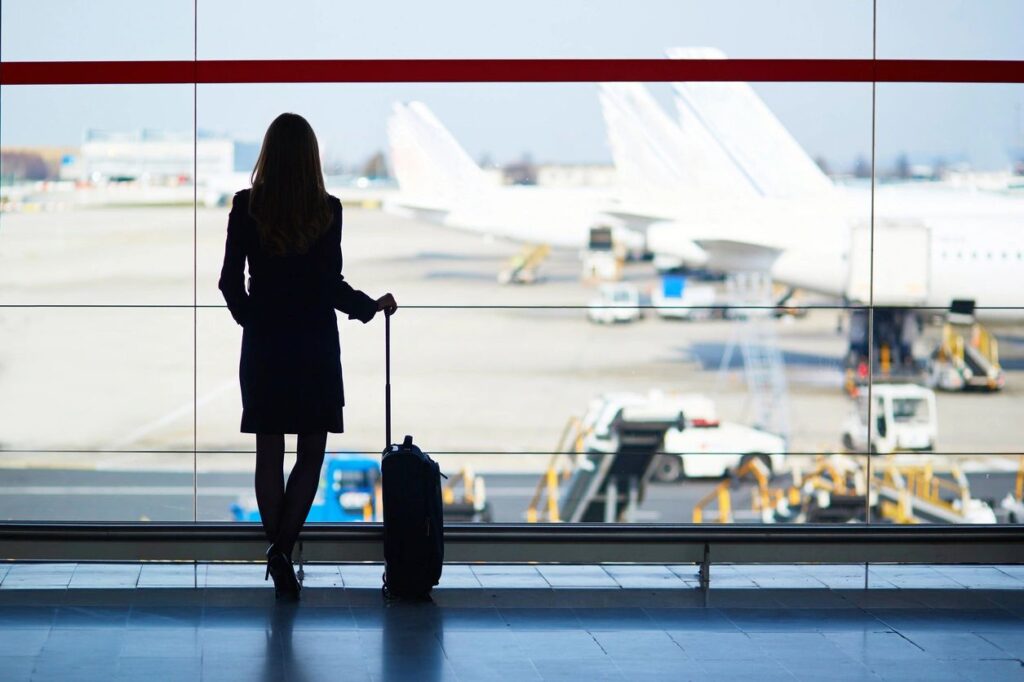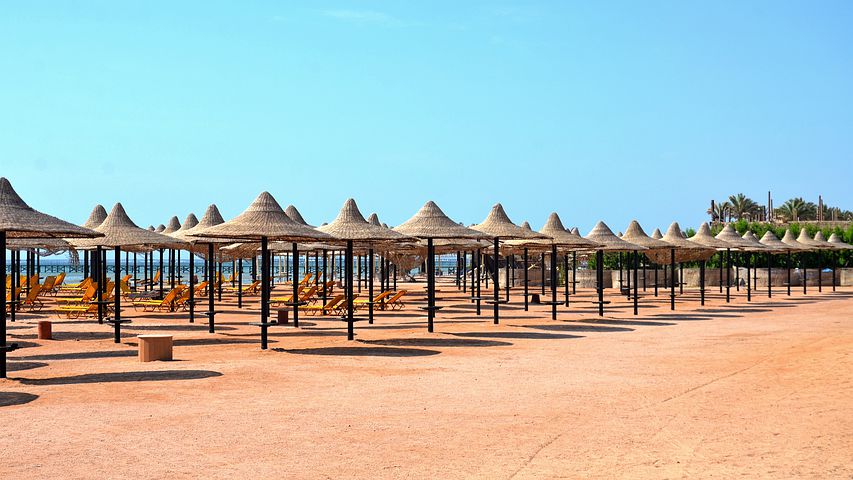
Affordable Family Travel
Planning an annual family holiday should be something you look forward to with relish. After all, what could be better than jetting off with your partner and kids to an exotic destination like Australia, Thailand or the Caribbean?
But, sadly, for many parents, this is becoming nothing but a pipe dream.
Between flights, hotels, meals, and keeping the kids entertained, the costs can really pile up. So, what starts as an exciting idea can quickly begin to feel unattainable.
If you’ve ever spent hours scrolling through comparison sites, trying to shave a few dollars off flights or accommodation, you’ll know exactly how frustrating planning affordable family travel can feel.
However, the reality is that family travel doesn’t have to be expensive. In fact, with a little planning and the right resources, it’s possible to create holidays that are not only memorable but also affordable for your budget. That’s what this guide is all about.
Here, you’ll discover affordable family travel tips that make a big difference to how much you’ll have to fork out for your vacation. From choosing budget-friendly destinations to saving money on flights, accommodation, food, and entertainment, we will show you how to plan a dream holiday without needing to take out a second mortgage.
Best of all, we’ll introduce you to practical tools you might not know about that can help you bring down the cost of your travels. There is much to cover, so if you are ready, let’s dive straight in!
Choosing Affordable Destinations
One of the biggest factors that will shape your budget is where you decide to go in the first place. Some destinations, such as Scandinavia, the UK, Australia, Tahiti, and Japan, are quite expensive. So, if they are on your bucket list, you’ll have to spend a bit of money if you want to visit them.
By contrast, much of Southeast Asia, parts of South America, and countries like Albania, Romania, and Poland in Europe are a lot more affordable. While they might not be at the top of your travel wishlist, their relative inexpensiveness is something you might want to consider. These are places where your budget will stretch a lot further.
When choosing somewhere to visit, a good starting point is to compare the cost of living in different countries or cities. A simple Google search should tell you how much meals, transport, and attractions typically cost in each place.
For example, in Cambodia, Bolivia, and Estonia, the cost of accommodation, food, transportation, and family-friendly excursions and activities is much less dearer than in New York, Paris, or Tokyo. By focusing on the former destinations, you’ll be surprised by how cheap the cost of visiting them will be.
Of course, there are a few other factors that will influence the affordability of any given destination. How far away you live from it is one, while when you intend to travel is another. Going in the shoulder season can save you hundreds of dollars by allowing you to find better deals. You may also find fewer crowds and that the weather will still be pleasant at this time. That said, for families tied to school holidays, it’s worth being open to visiting less popular destinations where demand doesn’t skyrocket during peak times.
Another thing to consider is exchange rates, because this can seriously impact the cost of your travels. For instance, families coming from Australia to the UK will find that they are pretty much paying twice the amount in Aussie dollars for anything they buy. However, if they head to Sri Lanka, it could be less than half.
Accommodation Savings
Accommodation is usually the biggest expense on any family trip. So, if you can find ways to save on it, you will instantly make the cost of your family holiday a lot more affordable.
The good news is that with a little flexibility and research, you can significantly cut costs, whilst still finding a comfortable place to stay. One of the simplest ways to do this is to extend your search beyond hotels and focus on options like holiday rentals, family-friendly hostels, or even home swaps. All of them tend to offer more space and a good selection of facilities and amenities at a fraction of the price. In addition, many of them have kitchens, which means you can save money on the cost of food by self-catering.
Many of us might have a favourite hotel or accommodation booking platform. However, it is worth comparing what is available on others rather than just relying on the one site. You might be surprised to discover that prices can vary widely, and sometimes booking directly with the property gets you the best deal. It will also help if you are flexible with your dates, because shifting your stay by just a day or two can significantly reduce the nightly rate.
For families wanting affordable family travel tips that actually work, using a platform like GFHR can make a real difference. Officially known as Global Family Home Rentals, it connects travellers with hotels and resorts around the world at discernibly reduced rates. Indeed, you can often secure deals that aren’t available on mainstream booking sites.
As GFHR focuses on genuine wholesale-style pricing, families can stretch their budget further and enjoy stays that might otherwise feel out of reach. Essentially, this means you get to stay in more spacious rooms, enjoy resort facilities, and base yourself in convenient locations, all without blowing your budget.
Another good hack for saving money on family holidays is to look for loyalty programs or long-stay discounts. Even if you only stay for a week, some properties will reward families for booking a little longer. Subsequently, by combining these strategies with resources like GFHR, you can turn what will feel like a luxury stay into cheaper family travel.
Transportation Savings
The cost of getting to your holiday destination, especially when you’re travelling as a family, can also be high. Between flights, airport transfers, and local transport, you could end up spending a significant amount, which can be on par with accommodation. However, there are some ways you can keep it under control.
For instance, when booking flights, the more flexible you can be, the better. If your dates aren’t fixed, you can use comparison tools to see which dates are cheaper to fly on. Generally speaking, mid-week flights cost less than weekend ones, and early morning or late-night departures can also come with substantial savings. Don’t forget to check regional airports too, because sometimes flying into a smaller hub and taking a train or bus to your destination is significantly cheaper than jetting in direct.
Once you’ve arrived, you’ll naturally want to get around to see as much of the place as you like. To do this, taking public transport is almost always the most budget-friendly way to get around. Many cities offer family passes or multi-day tickets that cover buses, trams, and trains. These can slash costs markedly when compared to taxis or ride-shares.
For those wanting to embark on a road trip or visit destinations where a car is essential, it is well worth shopping around for rental deals. In addition, booking in advance will usually secure you better rates. At the same time, opting for a smaller vehicle can save you a lot on rental fees and fuel.
That said, if you plan to stay in one place for a while, consider whether you actually need a car for the entire trip. Sometimes, a few days of car hire combined with public transport is the most cost-effective way forward.
Food & Entertainment on a Budget
Meals, activities, and excursions can quietly take a decent-sized chunk out of your travel budget on a family holiday. While you might naturally want to enjoy the local cuisine, the key is to find ways to enjoy local food and fun without overspending.
For food, it is a good idea to think like a local. Therefore, instead of eating at restaurants that charge a premium for tourists, why not try neighbourhood cafés, street food stalls, or markets? Not only are they cheaper, but they also give you a more authentic taste of the destination you are visiting.
In addition, as touched upon earlier, if your accommodation has a kitchen, using it to cook some meals, even if it’s just breakfast and snacks, can save you a lot of money over several days. It is also a good idea to pack reusable water bottles to reduce the need to purchase drinks when you’re out exploring.
Entertaining yourself doesn’t have to cost a fortune either. Indeed, many destinations offer plenty of free or low-cost activities, including museums with free entry days and outdoor festivals and cultural events. There are also usually beaches, national parks, and green spaces in the area that you can visit without spending any money. Additionally, city walking tours are a great example of cheap family travel ideas that entertain everyone without draining the budget.
Should you plan to visit multiple attractions, it is advisable to look for bundle deals or city passes. Often, families get discounted rates, and, as an incentive, these passes can include public transport too, which can save you a lot of money.
Sample Affordable Family Itinerary
Sometimes the hardest part of planning a budget family vacation is picturing how it all comes together. Therefore, to make it easier, here’s an example of a four-day affordable family itinerary that should give you plenty of time to relax and explore, while not spending an exorbitant amount.
This itinerary can apply to most destinations and can be doubled or even tripled up to cover the length of your trip.
Day 1: Arrival and Settle In
Arrive at your destination and check into your accommodation. Spend the afternoon exploring the immediate vicinity. Most cities have free playgrounds or walking areas that are perfect for kids to burn off energy and parents to stretch their legs after a flight.
For dinner, head to a local market and pick up fresh ingredients to prepare a meal at your accommodation.
Day 2: Explore on a Budget
Start the day with a low-cost breakfast comprising food you purchased at the local market. Then, use public transport day passes to explore your location in more detail.
Take the opportunity to visit the major landmarks and points of interest that are free to see and visit. If you want to go into any of them, purchase a group family ticket.
Pack sandwiches for lunch and head to a park or beach. In the evening, try to find some affordable street food. Ask a local or do a quick Google search.
Day 3: Adventure and Culture
Today, you have a choice: You can spend most of the day at popular tourist attractions, such as a theme park, which you can visit by purchasing a bundled attraction deal. Alternatively, if you are near the coast, plan a beach day and consider renting bikes or paddleboards.
Cooking dinner at your accommodation again can help balance out the cost.
Day 4: Act Like a Local
Spend the morning at a market or food hall, where you can sample lots of snacks and browse local wares.
In the afternoon, embark on a self-guided walking tour or two of a neighborhood that interests you or do a day trip if you can easily reach it on public transport.
For dinner, enjoy a family meal at a reasonably priced local restaurant.
Final Tips & GFHR CTA
At the end of the day, affordable family travel is not out of reach for anyone. Instead, it is merely relative and all about being intentional with your choices.
From picking destinations where your money stretches further to mixing free activities with the occasional paid treat, every little decision adds up. Ultimately, the goal shouldn’t be to cut out fun, but rather to spend smarter so you can travel more often without the stress of overspending.
Accommodation will always be one of the biggest expenses, which is why platforms like GFHR are such valuable tools. By using it, you can save a lot of money. Not just on this family holiday, but many more to come.







Responses